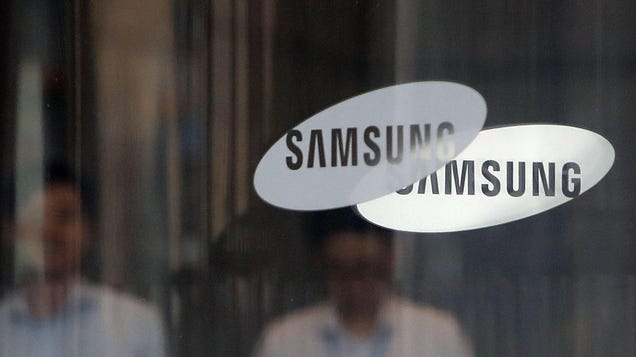1. EXECUTIVE SUMMARY
- CVSS v3 9.9
- ATTENTION: Exploitable remotely/low attack complexity/public exploits are available
- Vendor: mySCADA Technologies
- Equipment: mySCADA myPRO
- Vulnerabilities: OS Command Injection
2. RISK EVALUATION
Successful exploitation of these vulnerabilities could allow an authenticated user to inject arbitrary operating system commands.
3. TECHNICAL DETAILS
3.1 AFFECTED PRODUCTS
The following versions of myPRO HMI/SCADA systems are affected:
- myPRO: versions 8.26.0 and prior
3.2 VULNERABILITY OVERVIEW
3.2.1 OS COMMAND INJECTION CWE-78
mySCADA myPRO versions 8.26.0 and prior has parameters which an authenticated user could exploit to inject arbitrary operating system commands.
CVE-2023-28400 has been assigned to this vulnerability. A CVSS v3 base score of 9.9 has been calculated; the CVSS vector string is (AV:N/AC:L/PR:L/UI:N/S:C/C:H/I:H/A:H).
3.2.2 OS COMMAND INJECTION CWE-78
mySCADA myPRO versions 8.26.0 and prior has parameters which an authenticated user could exploit to inject arbitrary operating system commands.
CVE-2023-28716 has been assigned to this vulnerability. A CVSS v3 base score of 9.9 has been calculated; the CVSS vector string is (AV:N/AC:L/PR:L/UI:N/S:C/C:H/I:H/A:H).
3.2.3 OS COMMAND INJECTION CWE-78
mySCADA myPRO versions 8.26.0 and prior has parameters which an authenticated user could exploit to inject arbitrary operating system commands.
CVE-2023-28384 has been assigned to this vulnerability. A CVSS v3 base score of 9.9 has been calculated; the CVSS vector string is (AV:N/AC:L/PR:L/UI:N/S:C/C:H/I:H/A:H).
3.2.4 OS COMMAND INJECTION CWE-78
mySCADA myPRO versions 8.26.0 and prior has parameters which an authenticated user could exploit to inject arbitrary operating system commands.
CVE-2023-29169 has been assigned to this vulnerability. A CVSS v3 base score of 9.9 has been calculated; the CVSS vector string is (AV:N/AC:L/PR:L/UI:N/S:C/C:H/I:H/A:H).
3.2.5 OS COMMAND INJECTION CWE-78
mySCADA myPRO versions 8.26.0 and prior has parameters which an authenticated user could exploit to inject arbitrary operating system commands.
CVE-2023-29150 has been assigned to this vulnerability. A CVSS v3 base score of 9.9 has been calculated; the CVSS vector string is (AV:N/AC:L/PR:L/UI:N/S:C/C:H/I:H/A:H).
3.3 BACKGROUND
- CRITICAL INFRASTRUCTURE SECTORS: Energy, Food and Agriculture, Transportation Systems, Water and Wastewater Systems
- COUNTRIES/AREAS DEPLOYED: Worldwide
- COMPANY HEADQUARTERS LOCATION: Czech Republic
3.4 RESEARCHER
Michael Heinzl publicly disclosed these vulnerabilities on the internet.
4. MITIGATIONS
mySCADA recommends users upgrade to version 8.29.0 or higher. For more information, contact mySCADA technical support. mySCADA will also send security advice by email to all registered users.
CISA recommends users take defensive measures to minimize the risk of exploitation of these vulnerabilities. Specifically, users should:
- Ensure the least-privilege user principle is followed.
- Minimize network exposure for all control system devices and/or systems, and ensure they are not accessible from the Internet.
- Locate control system networks and remote devices behind firewalls and isolate them from business networks.
- When remote access is required, use secure methods, such as Virtual Private Networks (VPNs), recognizing VPNs may have vulnerabilities and should be updated to the most current version available. Also recognize VPN is only as secure as its connected devices.
CISA reminds organizations to perform proper impact analysis and risk assessment prior to deploying defensive measures.
CISA also provides a section for control systems security recommended practices on the ICS webpage at cisa.gov/ics. Several CISA products detailing cyber defense best practices are available for reading and download, including Improving Industrial Control Systems Cybersecurity with Defense-in-Depth Strategies.
Additional mitigation guidance and recommended practices are publicly available on the ICS webpage at cisa.gov/ics in the technical information paper, ICS-TIP-12-146-01B–Targeted Cyber Intrusion Detection and Mitigation Strategies.
Organizations observing suspected malicious activity should follow established internal procedures and report findings to CISA for tracking and correlation against other incidents.
CISA also recommends users take the following measures to protect themselves from social engineering attacks:
Known public exploits specifically target these vulnerabilities. These vulnerabilities are exploitable remotely. These vulnerabilities have low attack complexity.






